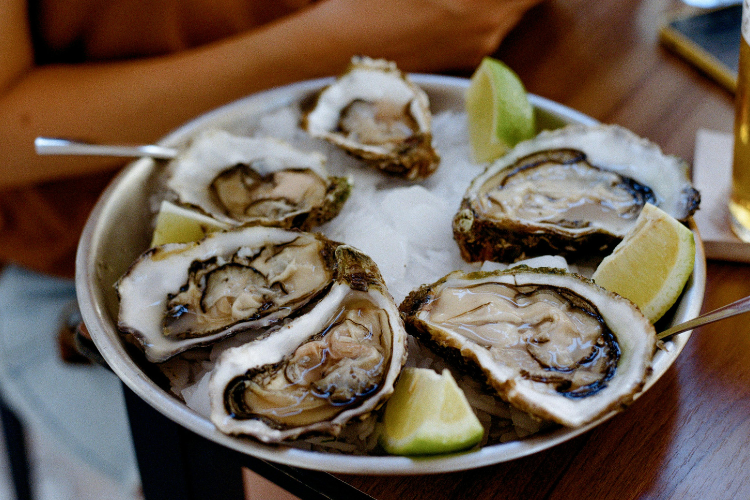Ancient ingredients that shaped early culinary traditions.

Long before Europeans stepped onto the continent, Native communities had already crafted rich food traditions built from skillful farming, sustainable foraging and deep ecological knowledge. Their meals reflected the landscape around them, from forests and coastlines to river valleys and desert plains. Every region held its own pantry, and people understood how to harvest and prepare ingredients in ways that balanced nutrition with practicality.
Those foods were not only sources of nourishment but also elements of ceremony, trade and survival. Looking at these ingredients reveals a world grounded in careful observation and an intuitive understanding of the land. Each bite carried knowledge passed through generations, shaping cultures that thrived long before outside contact.




